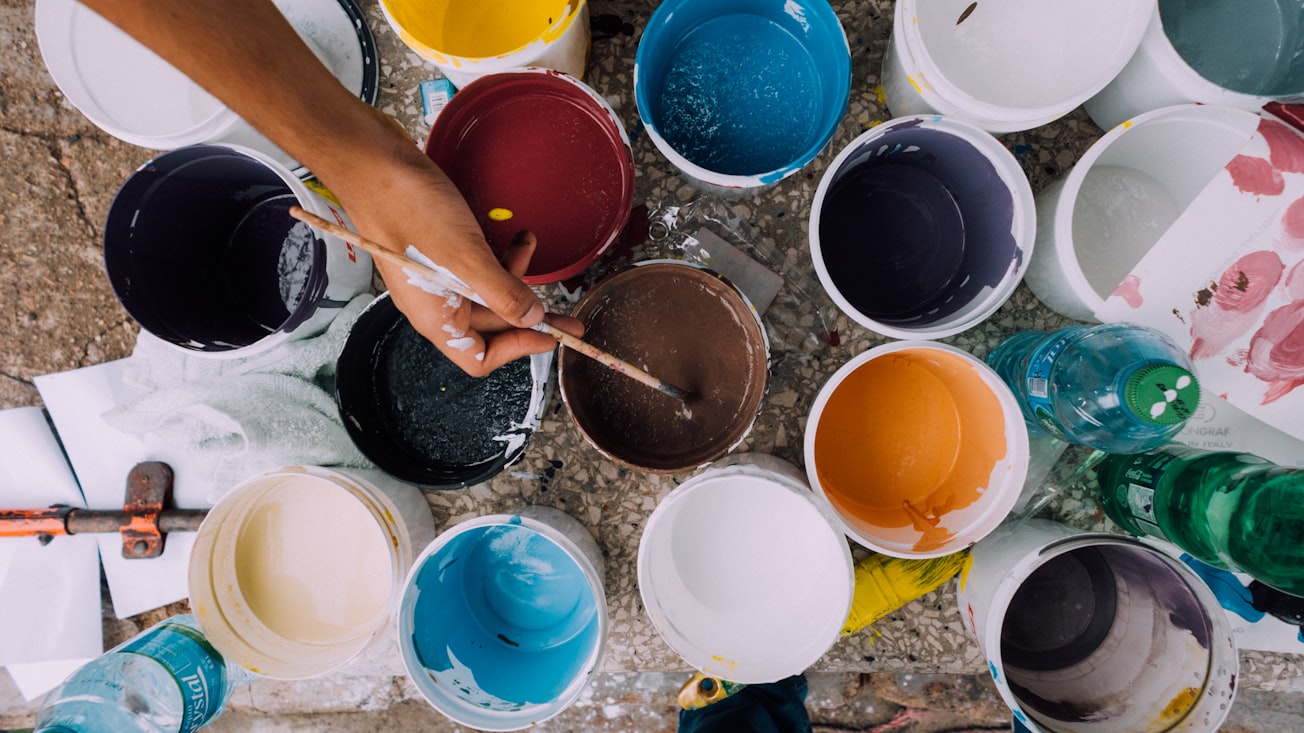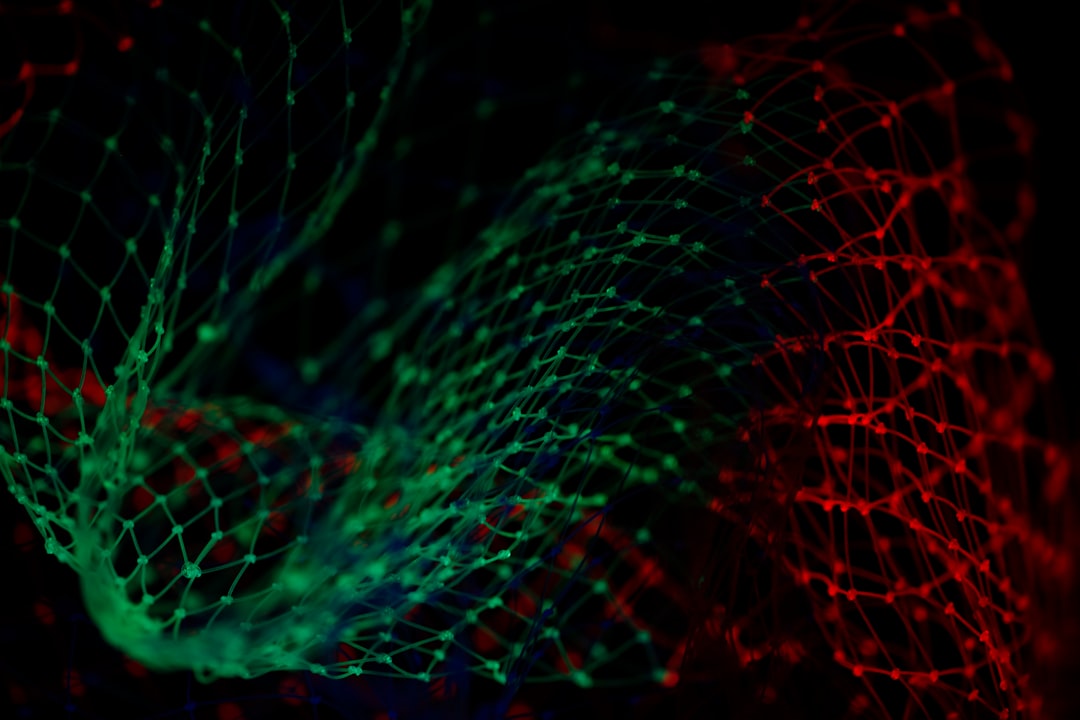What is it about?
We use computer simulations to investigate what happens when water gets between a steel surface and an uncured paint layer. Steel is an alloy of iron and carbon that on processing forms hematite (iron oxide) and goethite (iron oxyhydroxide) -like layers on the surface. Using hematite and goethite as proxy for steel surfaces, we find that the energy required to pull a single molecule off the surface decreases at all water concentrations for hematite but actually increases at moderate water content for goethite. This is due to the interactions between the water and the surface. In goethite the water forms an ordered structure that promotes adhesion, whilst in hematite the water is liquid-like and shields the interaction between the surface and the paint precursor.
Featured Image

Photo by russn_fckr on Unsplash
Why is it important?
It is important as it demonstrates that the presence of water can actually help paint and coatings adhere to surfaces! It also explains why it is so difficult to develop performance tests for coating performance as different environments promote different forms of "rust" (i.e. higher hematite content) and why specific tests have been developed for different conditions.
Perspectives
I like this work because it demonstrates how fundamental studies are important in more applied systems.
Dr Charlie Wand
University of Exeter
Read the Original
This page is a summary of: Water‐Mediated Epoxy/Surface Adhesion: Understanding the Interphase Region, Chemistry - A European Journal, August 2022, Wiley,
DOI: 10.1002/chem.202202483.
You can read the full text:
Contributors
The following have contributed to this page










